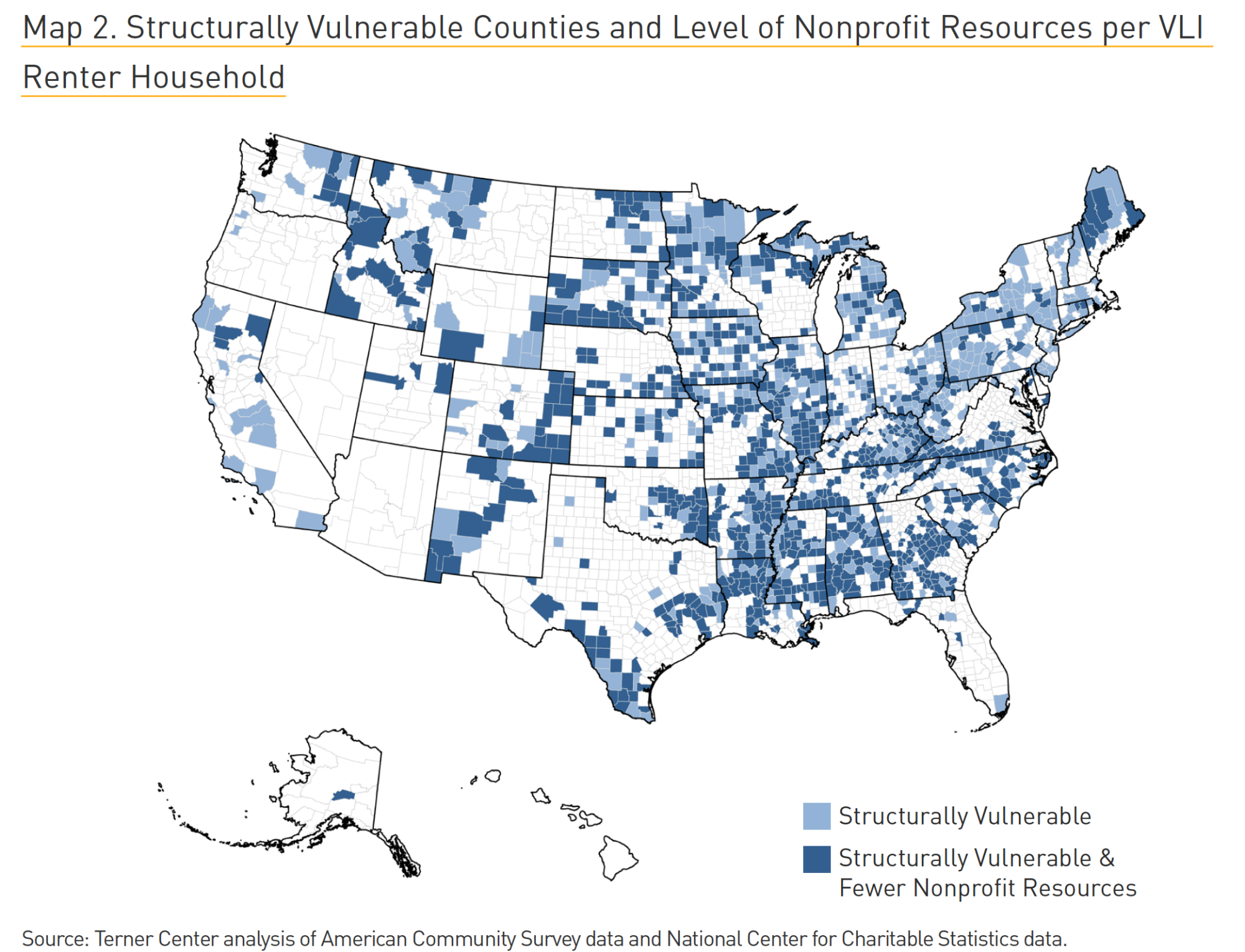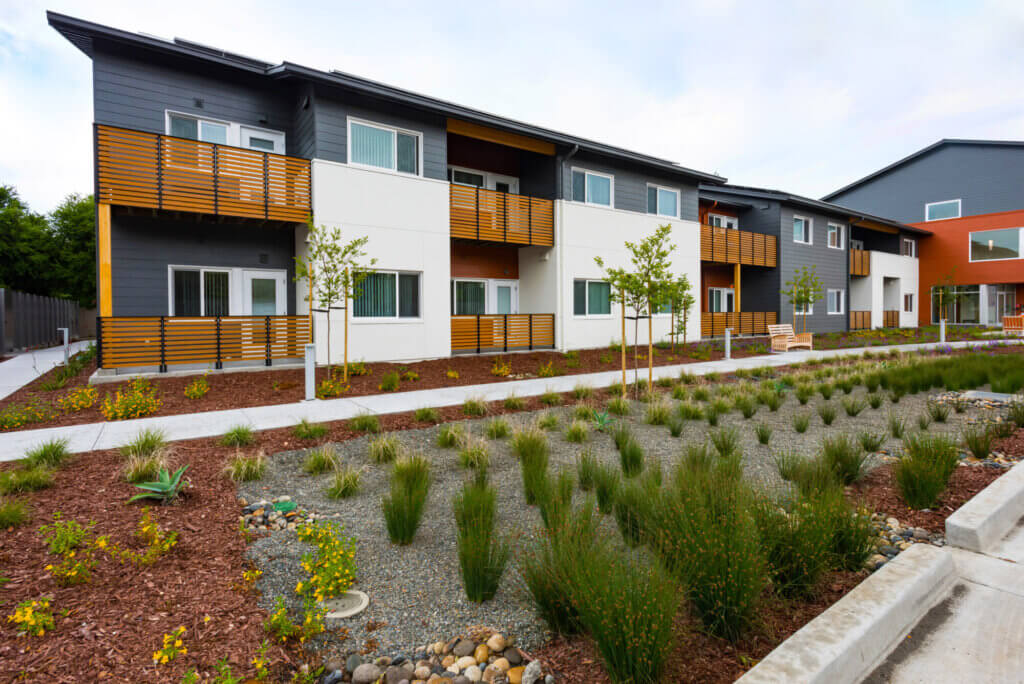An Uneven Housing Safety Net: Disparities in the Disbursement of Emergency Rental Assistance and the Role of Local Institutional Capacity
Published On April 26, 2022
The federal government allocated more than $46 billion to states and localities to assist renters who were impacted by the COVID-19 pandemic. These resources are playing a critical role in helping stabilize renters. But allocating aid quickly and at scale during the pandemic has been a massive undertaking that has depended heavily on local institutional capacity, including the ability to enlist local nonprofits or public housing authorities to conduct outreach to at-risk renters and administer payments.
In our new paper An Uneven Housing Safety Net: Disparities in the Disbursement of Emergency Rental Assistance and the Role of Local Institutional Capacity, Research Director Elizabeth Kneebone and Data Scientist Quinn Underriner explore county-level take-up of federal Emergency Rental Assistance (ERA) funding across the country alongside data-driven indicators of local governmental and nonprofit capacity, preexisting economic hardship, and pandemic-related impacts on employment.
The analysis finds that, while ERA is reaching many eligible households in communities hit hard by the downturn, counties that had higher levels of economic distress before the pandemic and where local nonprofit networks are less resourced also had relatively lower ERA take-up rates. Before reallocating aid, states and the federal government should consider where capacity gaps may be creating challenges to the distribution of aid to vulnerable communities as well as what alternative strategies or technical assistance would help ensure that under-resourced communities of all types are receiving the support they need.

A forthcoming companion paper will build on these quantitative findings with stakeholder interviews to lift up lessons from near-term emergency response efforts and to inform longer-term strategies to bridge local capacity gaps in ways that ensure vulnerable communities and households are not left behind in the delivery of federal aid.
Read the full report on our website here.
This paper is published as part of the Housing Crisis Research Collaborative, which aims to address the long-standing inequities in access to safe, stable, and affordable rental housing that have been laid bare by the COVID-19 pandemic. The Collaborative is led by a group of research partners at Urban Institute, the Harvard Joint Center for Housing Studies, the NYU Furman Center, and the Terner Center.





